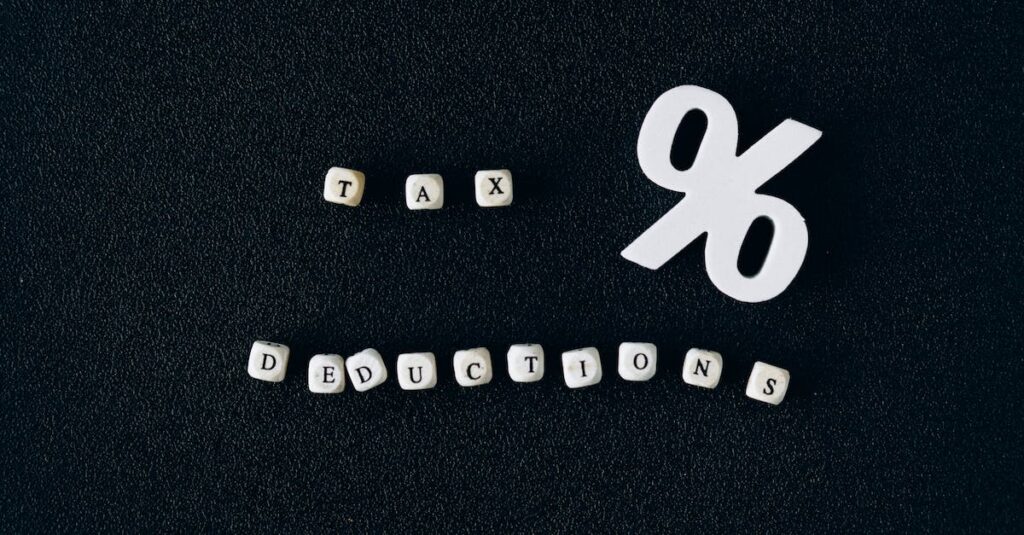Introduction
When it comes to filing your taxes, one important decision you have to make is whether to itemize deductions or take the standard deduction. Understanding the pros and cons of each option is crucial, as it can significantly impact your tax situation and overall financial planning. In this article, we will explore the advantages and disadvantages of itemizing deductions versus taking the standard deduction, helping you make an informed decision that aligns with your unique circumstances.
Pros of Itemizing Deductions
1. Potential for Higher Deductions
One of the main advantages of itemizing deductions is the potential to claim more deductible expenses than the standard deduction allows. By carefully documenting and retaining records of eligible expenses throughout the year, you may be able to maximize your deductions. This can be especially beneficial if you have significant qualifying expenses, such as mortgage interest, property taxes, charitable contributions, or unreimbursed medical expenses.
2. Flexibility and Customization
When you choose to itemize deductions, you have the flexibility to tailor your deductions to your specific situation. This means you can focus on claiming deductions that are most advantageous for you. For example, if you have a substantial amount of unreimbursed business expenses, itemizing deductions allows you to include them. Additionally, if you made substantial charitable contributions during the year, itemizing deductions gives you the opportunity to claim those donations as well.
3. Potentially Lower Tax Liability
Itemizing deductions may result in a lower tax liability compared to taking the standard deduction. By consistently keeping track of your deductible expenses, you can accurately calculate your taxable income, potentially reducing the amount of tax you owe. This can be particularly beneficial for individuals with high-income levels or those in higher tax brackets.
4. Detailed Financial Overview
Choosing to itemize deductions can provide you with a more comprehensive financial overview. By analyzing and organizing your eligible expenses, you gain a deeper understanding of your spending habits, potential tax savings, and overall financial health. This can help you identify areas of improvement, implement efficient budgeting strategies, and make more informed financial decisions in the future.
Cons of Itemizing Deductions
1. Documentation and Recordkeeping
One of the downsides of itemizing deductions is the increased requirement for documentation and recordkeeping. To claim itemized deductions, you must maintain accurate and detailed records of all eligible expenses. This can be time-consuming and may require careful organization throughout the year. Failure to provide adequate documentation can result in the denial of deductions and potential audits.
2. Potential for Higher Audit Risk
Itemizing deductions may increase your chances of being audited by the IRS. As you claim a higher number of itemized deductions, it’s essential to ensure that you have proper documentation and can substantiate your deductions if requested by tax authorities. While being audited doesn’t necessarily mean you have done anything wrong, the process can be stressful and time-consuming.
3. Complexity and Time Investment
Itemizing deductions can be more complex and time-consuming than taking the standard deduction. It requires a thorough understanding of tax laws, eligible expenses, and proper documentation. As a result, you may need to invest more time in organizing your finances and preparing your tax return. This can be a significant drawback for individuals with limited time or those who prefer a simpler tax filing process.
Pros of Taking the Standard Deduction
1. Simplicity and Time Savings
One significant advantage of taking the standard deduction is simplicity. Rather than itemizing and tracking individual expenses, you can claim a fixed deduction amount based on your filing status. This simplifies the tax preparation process and can save you valuable time, particularly if you have a relatively straightforward financial situation.
2. No Documentation Required
When you choose the standard deduction, you are not required to provide detailed documentation for eligible expenses. This eliminates the need for meticulous recordkeeping and reduces the risk of potential audits related to itemized deductions. While it’s still important to keep supporting documents for major deductions, such as mortgage interest or property taxes, the level of documentation needed is significantly lower.
3. Less Risk of Errors
Since the standard deduction provides a fixed amount based on your filing status, there is less room for errors in calculating deductible expenses. This can help reduce the risk of making mistakes on your tax return and potentially facing penalties or audits due to inaccuracies in claiming itemized deductions.
Cons of Taking the Standard Deduction
1. Potentially Higher Tax Liability
While the standard deduction offers simplicity, it may result in a higher tax liability compared to itemizing deductions, especially if you have a significant number of eligible expenses. If your deductible expenses exceed the standard deduction amount, failing to itemize can mean paying more in taxes than necessary.
2. Limited Deduction Amount
When you opt for the standard deduction, you are limited to a fixed deduction amount based on your filing status. If you have substantial qualifying expenses, such as significant mortgage interest or large charitable contributions, these may exceed the standard deduction amount, resulting in missed tax-saving opportunities.
3. Skewed Benefit Distribution
The standard deduction provides the same benefit to all taxpayers within the same filing status category. This means that individuals with fewer deductible expenses may benefit more from taking the standard deduction, while those with higher eligible expenses may lose out on potential tax savings.
Summary
Deciding whether to itemize deductions or take the standard deduction requires careful consideration of your financial situation, eligible expenses, and desired level of effort. Itemizing deductions may allow for higher deductions, increased flexibility, potentially lower tax liability, and a more detailed financial overview.
However, it also entails more documentation, potential audit risk, and complexity. On the other hand, taking the standard deduction offers simplicity, time savings, and reduced audit risk but may result in a potentially higher tax liability and missed tax-saving opportunities. Ultimately, the choice between itemizing deductions and taking the standard deduction should be based on an assessment of your individual circumstances and goals.







